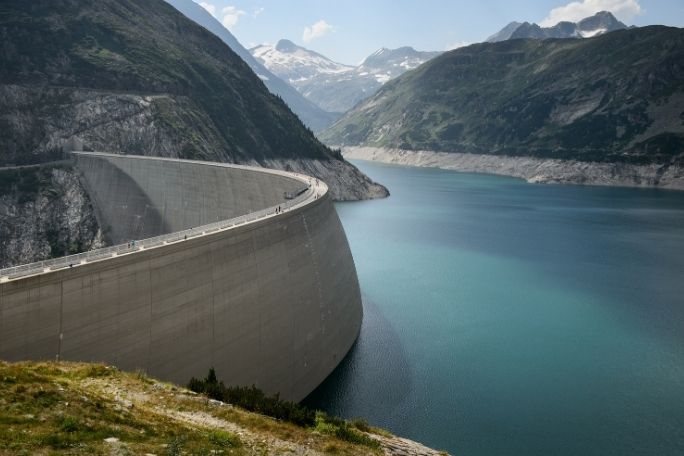Lesson summary
Students will develop and extend their vocabulary and understanding of the four main parts of speech – nouns, verbs, adjectives and adverbs. This will allow them to engage more confidently in written and verbal discourse on sustainability in relation to hydroelectricity and water and energy resources.
Learning goals:
- This lesson is designed to provide valuable practice for NAPLAN*, the national literacy test held in Years 7 and 9. It features reading and visual texts with comprehension and language questions that require students to find facts, interpret meaning and apply text-processing strategies. Students in Year 8 can use this activity as a preparatory resource.
Lesson guides and printables
Lesson details
Curriculum mapping
Australian curriculum content descriptions:
Year 7 English:
- Investigate vocabulary typical of extended and more academic texts and the role of abstract nouns, classification, description and generalisation in building specialised knowledge through language (ACELA1537).
- Understand how to use spelling rules and word origins, for example Greek and Latin roots, base words, suffixes, prefixes, spelling patterns and generalisations to learn new words and how to spell them (ACELA1539).
Year 8 English:
- Recognise that vocabulary choices contribute to the specificity, abstraction and style of texts (ACELA1547).
- Understand how to apply learned knowledge consistently in order to spell accurately and to learn new words including nominalisations (ACELA1549).
- Apply increasing knowledge of vocabulary, text structures and language features to understand the content of texts (ACELY1733).
Syllabus Outcomes: EN4-1A, EN4-3B.
Time required: 60 mins.
Level of teacher scaffolding: Medium – oversee activity.
Resources required
- Copies of the Student Worksheet (one copy per student)
- Dictionaries
Additional info
This lesson has been developed in partnership with
Hydro Tasmania.
Hydro Tasmania has been at the forefront of clean energy innovation for one hundred years. It is Australia’s largest producer of clean energy – generating hydro and wind power – and the largest water manager. Hydro Tasmania has 55 major dams, operates 30 hydropower stations and has built some of Australia’s largest wind farms.
Hydro Tasmania also sells energy in the National Electricity Market through its retail business Momentum Energy, and sells its expertise internationally through its consulting business Entura.
Visit the Hydro Tasmania website to learn how the business is working towards Australia’s clean energy future.


Welcome back!
Don't have an account yet?
Log in with:
By signing up to Cool.org you consent and agree to Cool's privacy policy to
store, manage and process your personal information. To read more, please see
our privacy policy here(Opens in new tab).
Create your free Cool.org account.
Many of our resources are free, with an option to upgrade to Cool+ for premium content.
Already have an account?
Sign up with:
By signing up to Cool.org you consent and agree to Cool's privacy policy to
store, manage and process your personal information. To read more, please see
our privacy policy here(Opens in new tab).